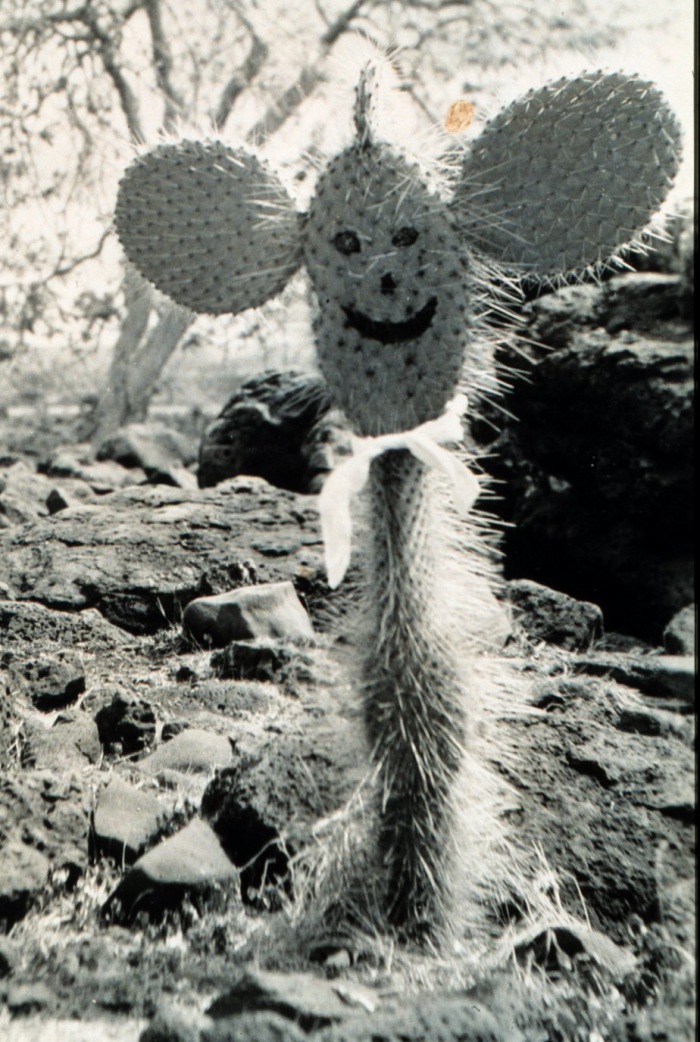Bees
 I haven't posted much for a variety of reasons, but mainly I have been doing yard work and gardening. (This post was actually begun in early April.) We had a late frost and very long, cold winter here in socal- for us anyway - which led to a later start than in many previous years. Chores ranged from dead-heading frost damaged plants to prep work and actual planting of seeds and starter plants in the veggie garden, and potting up plants for the local garden club's plant sale. I sadly lost about half of my orchids as a result of a week or 2 with lows in the high teens, which made my yard work less satisfying.
I haven't posted much for a variety of reasons, but mainly I have been doing yard work and gardening. (This post was actually begun in early April.) We had a late frost and very long, cold winter here in socal- for us anyway - which led to a later start than in many previous years. Chores ranged from dead-heading frost damaged plants to prep work and actual planting of seeds and starter plants in the veggie garden, and potting up plants for the local garden club's plant sale. I sadly lost about half of my orchids as a result of a week or 2 with lows in the high teens, which made my yard work less satisfying.
One thing that had me very concerned was the lack of bees in my citrus trees. Years ago we had so many bumblebees that lived on the hillside behind us that collected pollen from our property, until a housing development had to go in. (I plant to attract insects and birds yearlong.) With six assorted citrus in bloom and nary a bee in sight, I was very worried. However, I noticed my apricot and plum trees has baby fruits, so I was hoping the bees would come again. Thankfully, after 2 weeks without seeing a single bee, the bees slowly arrived. It was too late to order bees for my area so I was very relieved! Believe me, when you have millions of heavenly citrus flowers perfuming the air and do not see even one bee, you get worried. Especially this year... (Subject reference books are listed at end of post.)
If you haven't heard about the sudden drastic decline in the honeybee population, it is a real crisis. There are many reasons why bees die ( A few reasons being diseases, pests, pesticides GMO crops, natural disasters, etc.) but in the last year or two colony collapse disorder is at the root of the current crisis. The bees seem to completely disappear from the face of the earth as if they have been abducted by aliens or pulled up to God in an insect version of the rapture. The problem is worldwide and no one seems to know why.
As "smart" as man believes he/she is, we rarely are when we try to improve on Mother Nature. Since the "Better Living Through Chemistry" campaign began, man has made many things worse as well as better.
The "honeybee" is not native to many places in the world, but everywhere with flowering plants has its native bees. We have seen fit to eliminate, or almost decimate, many of the native species through one means or another. These same native species may have to be our saviours if colony collapse disorder continues to near extinction.
An excellent natural remedy to boost native bees can be read in the "San Francisco Chronicle: Time for a new approach to crop pollination by Deborah K. Rich, Special to The Chronicle, Saturday, May 21, 2005
Recognizing the very real threat of crop failure that our dependence upon a single species of bee poses, researchers are coaching pollinator understudies. The blue orchard bee (also known as the orchard mason bee) is proving a cooperative pollinator of some early blooming orchard crops, and the bumble bee is helping to pollinate hot-house tomatoes.
Still, it may be time -- while there still is time -- for another approach entirely. The United States is home to 4,000 bee species, of which 1, 500 are found in California, to say nothing of the many moth, fly, wasp and butterfly species that also assist with pollination."
Everyone who gardens can help. How-tos can be found at The Xerxes Society's Pollinator Conservation Program pages and at the USDA.
For those of you who wish to read more on bees, the following books can be found at your local independent bookstore or on the net from a worldwide indie by searching by author and/or title at Bookfinder or ADDALL.
Honey Bee Pests, Predators and Diseases by Roger A. Morse
Letters from the Hive: An Intimate History of Bees, Honey, and Humankind by Stephen Buchmann
Bees In America: How The Honey Bee Shaped A Nation by Tammy Horn
Bee diseases: Cause and Treatment by Eugene E Killion
The Queen Must Die and Other Affairs of Bees and Men by William Longgood
The Life and Times of the Honeybee by Charles Micucci (children's)
The Honey Makers by Gail Gibbons (children's)
Langstroth's Hive and the Honey-Bee: The Classic Beekeeper's Manual by L. L. Langstroth
The ABC and XYZ of Bee Culture: An Encyclopedia of Beekeeping by Roger Morse (a classic!)
Bees & Honey: From Flower to Jar by Michael Weiler
Fifty Years Among the Bees by C. C. Miller (another classic)
The Dance, Language, and Orientation of Bees by Karl von Frisch


No comments:
Post a Comment